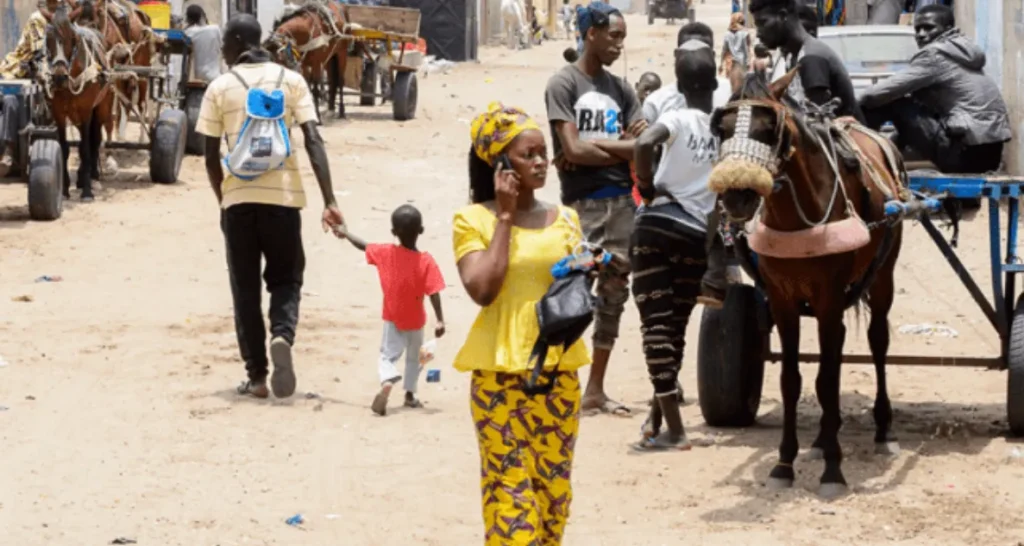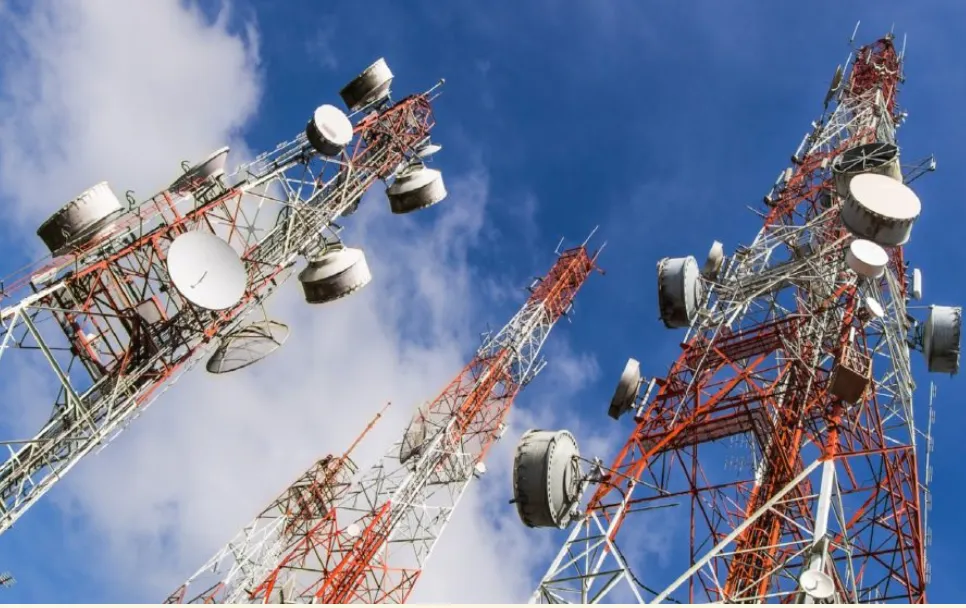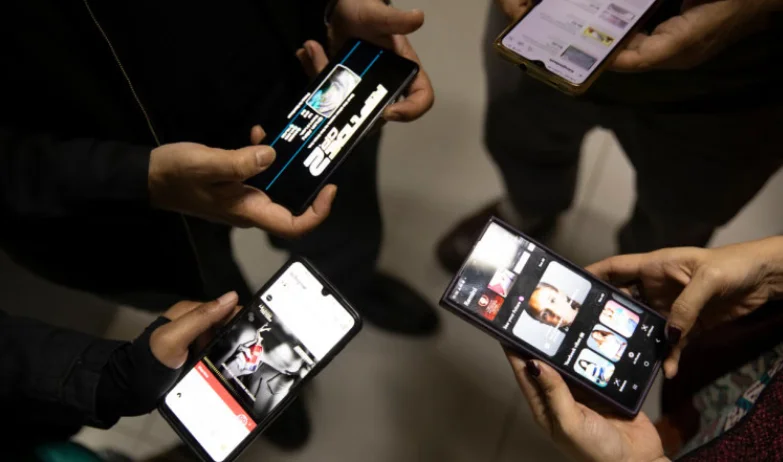The Mobile Gender Gap Report 2025 by the GSMA lays bare a persistent digital divide in low- and middle-income countries (LMICs), where women continue to trail men in accessing and using mobile technology.
Drawing from a robust survey of 15 LMICs conducted between August and November 2024, the report reveals that progress in closing the gender gap in mobile internet adoption has ground to a halt. Women are still 14% less likely than men to use mobile internet, a gap affecting 235 million women.
This stagnation, coupled with entrenched barriers, underscores the urgent need for targeted action to ensure women aren’t left behind in an increasingly digital world.
The data paints a vivid picture of inequality. In LMICs, 74% of men use mobile internet compared to just 63% of women. While 1.5 billion women are now online, the pace of new adopters has slowed dramatically, with only 50 million women beginning to use mobile internet in 2024, down from 85 million in 2023, when the gap narrowed to 15%
Historically, the gender gap in mobile internet use shrank from 25% in 2017 to 15% in 2020, but it widened to 18% in 2021 and 2022 before stabilising at 14% in 2024.
Regionally, Sub-Saharan Africa shows modest progress, narrowing its gap for the second year, but South Asia and Sub-Saharan Africa remain hotspots for exclusion, housing 60% of the 885 million women offline. These regions face the widest gender gaps at 32% and 29%, respectively, with rural areas often faring worse than urban ones.
Smartphone ownership, a key driver of digital access, reflects similar disparities. Women are 14% less likely to own a smartphone, with 61% of women versus 71% of men owning one, equating to 230 million fewer women.
The broader mobile ownership gap is equally stubborn at 8%, unchanged for eight years, leaving 400 million women without a phone.
In countries like Pakistan, reliance on borrowed phones exacerbates the issue: 35% of women using mobile internet do so on someone else’s device, compared to 6% of men. These women use the internet less frequently and for fewer activities, highlighting the limitations of non-ownership.
Barriers to adoption are deeply rooted and hit women harder. Affordability, especially handset costs, and low literacy and digital skills are the primary hurdles. Social norms and structural inequalities, like lower education and income levels, amplify these challenges for women.
Awareness of mobile internet is high, nearly equal among genders in most surveyed countries, but doesn’t guarantee adoption, particularly for women. For those online, barriers shift to safety concerns, data affordability, and connectivity issues, which vary by context but affect both genders similarly.
Women, however, use mobile internet for a narrower range of purposes, mainly communication and entertainment, and are less aware of applications like government services or health tools. The report notes that valued phone features (performance, functionality, and longevity) are gender-neutral, suggesting solutions can focus on practical improvements over aesthetics.
Rural women face the steepest challenges. Gender gaps in mobile internet adoption are wider in rural areas across most surveyed countries, driven by limited infrastructure and cultural barriers. A spotlight on Pakistan highlights a breakthrough in women’s digital inclusion, though details are sparse.
Similarly, women micro-entrepreneurs rely heavily on mobiles for business but lag behind men in digital engagement, constrained by the same systemic issues. These findings underscore that the most marginalised, rural, low-income, or low-literacy women are the least likely to be digitally included.
The economic and social stakes are immense. Closing the mobile internet gender gap could add $1.3 trillion to LMIC GDP from 2023 to 2030, while boosting mobile industry revenue by $230 billion.
Beyond economics, connectivity is vital for achieving the UN Sustainable Development Goals, enabling access to healthcare, education, and financial services. The report calls for intensified efforts from mobile network operators, policymakers, regulators, and the development community.
Affordable handsets are a critical starting point, as the cost of devices remains a primary barrier. Digital literacy programs, tailored to women’s needs and contexts, are equally essential, particularly for those with low education levels.
Policy interventions, such as subsidies for low-income users or regulations promoting gender-inclusive services, could shift the needle.
The report also highlights the importance of improving connectivity experiences, addressing safety concerns, and raising awareness of diverse use cases to encourage broader engagement.
For mobile operators, the commercial incentive is clear: closing the gender gap represents a significant market opportunity, with millions of potential new customers. Yet, the data also reveals the complexity of the challenge.
Phone borrowing, while a stopgap, limits the frequency and scope of internet use, particularly in countries like Pakistan. Safety and security concerns, reported by both genders in high-adoption countries, suggest that trust in digital platforms is a universal issue, but may deter women more due to social vulnerabilities.
Connectivity issues, like slow speeds or dropped connections, frustrate users across contexts, but rural women, with less access to reliable networks, are hit hardest.
Nigeria’s digital divide: Women lag in the race for connectivity
In Nigeria, the promise of mobile connectivity remains unevenly distributed. While Nigerian women are as likely as men to own a mobile phone, gaps in smartphone ownership and mobile internet use reveal a deeper digital divide, driven by affordability, device access, and usage patterns. The data paints a complex picture of progress and stagnation, underscoring the need for targeted interventions to bridge the gap.
Nigeria stands out among the 15 surveyed countries for its gender parity in mobile ownership, with 93% of men and 91% of women owning a phone, a mere 2% gap. This near-universal ownership, also seen in Kenya, Tanzania, and Mexico, reflects the widespread penetration of mobile technology.
The story, however, shifts when examining smartphone ownership and mobile internet adoption. Only 39% of Nigerian women own a smartphone compared to 50% of men, a 23% gender gap that narrowed from 38% in 2023, as women’s ownership rose from 32% while men’s remained flat.
Mobile internet adoption shows an even wider divide: 52% of men use mobile internet versus just 35% of women, a 33% gap. This disparity aligns with trends in Kenya, Tanzania, and Uganda, where narrow mobile ownership gaps coexist with significant internet adoption gaps, possibly due to incentives like mobile money driving phone ownership but not necessarily internet use.
Notably, Nigeria’s mobile money adoption is still growing, unlike in other East African countries, which may explain why basic phones remain prevalent.
The user journey to mobile internet in Nigeria reveals critical drop-off points for women. While 91% of women own a mobile phone (stage 1) and 84% are aware of mobile internet (stage 2), only 47% own an internet-enabled phone (stage 3), a 37-percentage-point drop compared to 27 points for men (94% to 63%). This gap highlights a key barrier: even when aware of mobile internet, women are less likely to own a device capable of accessing it.
However, once women own an internet-enabled phone, most use mobile internet—35% are users (stage 4), a 12-point drop, similar to men’s 11-point drop from 63% to 52%.
Daily use (stage 5) is also lower among women (30% vs. 45% for men), as is diverse daily use (stage 6, 18% vs. 26%). The GSMA suggests focusing on increasing internet-enabled phone ownership among women aware of mobile internet as a key strategy to close the gap, a recommendation particularly relevant for Nigeria.
Device type further underscores gender differences. Basic phones dominate for 40% of Nigerian women compared to 29% of men, while 9% of women and 13% of men own feature phones, and 39% of women versus 50% of men own smartphones.
Basic phones, which support SMS, calls, and mobile money via USSD, limit broader digital engagement, particularly for women who rely on them more heavily. Among mobile internet users, 2% of both men and women do not own a mobile, and 5% of women versus 4% of men own only a basic phone, indicating reliance on borrowing or shared devices.
Also, 20% of female smartphone owners and 10% of male smartphone owners in Nigeria are not using mobile internet, despite near-universal awareness, pointing to barriers like cost, skills, or connectivity.
Usage patterns show some parity but also gaps. Both men and women perform an average of 3.6 mobile internet use cases daily, but men slightly outpace women weekly (7.3 vs. 7.0 use cases).
Among micro-entrepreneurs, 90% of men and 79% of women use mobile phones for business, a gap that reflects women’s lower access to internet-enabled devices and digital tools. Nigeria’s urban-rural divide is unique, with the report noting that gender gaps in mobile internet adoption are similar in both areas, unlike most surveyed countries, where rural gaps are wider. This consistency suggests that barriers like handset affordability and digital literacy are pervasive across Nigeria’s diverse landscapes.
The data from the Mobile Gender Gap Report 2025 for Nigeria reflects both progress and challenges. The narrowing smartphone ownership gap is a positive sign, but the 33% mobile internet adoption gap and reliance on basic phones signal that millions of women are missing out on the digital economy.
Nigeria’s digital market is vast, yet women’s limited access to smartphones and internet-enabled devices restricts their participation. The GSMA’s call for affordable handsets, digital literacy programs, and inclusive policies is critical for Nigeria, where closing the gap could unlock significant economic and social benefits.













